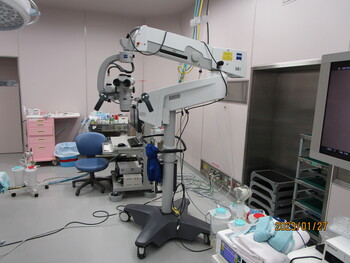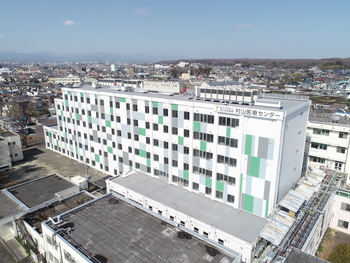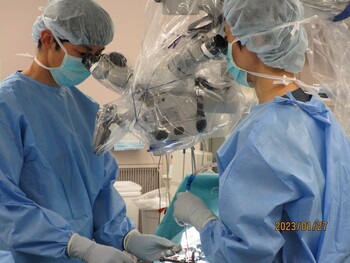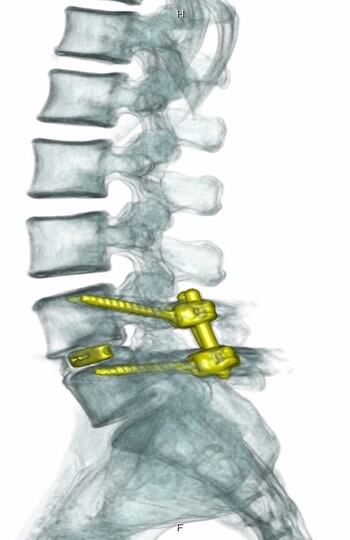This is a muscle-friendly, minimally invasive posterior decompression of the cervical spine. Using a surgical microscope, this procedure reduces the extent of the incision and the development of the surgical field, and decompresses only the lesion. Although technically very advanced, the procedure is gentle on the patient with minimal blood loss and postoperative pain. This surgery is indicated for conditions that cause numbness, pain, or paralysis as a result of compression of the nerves in the cervical spine. These include cervical disc herniation, cervical spondylosis, and ossification of the posterior longitudinal ligament.




